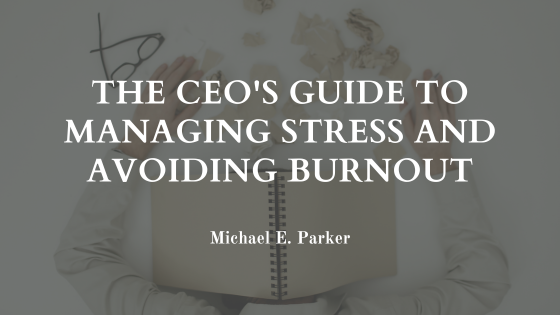In the demanding arena of corporate leadership, the pressure on a CEO is akin to being under a relentless spotlight. Imagine this: a leader, driven to transform a business swiftly, grapples with the weight of constant expectations from stakeholders, the scrutiny of social media, and the inherent isolation at the top. This scenario paints a picture that’s not uncommon—a CEO facing the risk of burnout.
Burnout is more than just stress; it’s a cocktail of physical, emotional, and mental exhaustion coupled with doubts about one’s competence and value at work. Dr. David Ballard from the American Psychological Association warns that chronic stress can erode a leader’s motivation, confidence, and overall job performance over time. What’s intriguing is that those deeply invested in their work, tying their identities closely to their professional roles, are often more susceptible to burnout.
Consider the inherent challenges of a CEO’s role—the perpetual demand for availability, the watchful eyes of the public and stakeholders, and the expectation to drive rapid change. Caren Kenney, Executive Director of Premier Executive Leadership, highlights the emotional isolation at the top. CEOs, especially those parachuted in to effect swift transformations, might find themselves grappling with a lack of trust, emotional resilience, and a dearth of strategies to invest in their own well-being.
Recovering from burnout is not only possible but crucial. It’s essential for CEOs to recognize the symptoms—exhaustion, diminished motivation, heightened cynicism—and take proactive steps. The first order of business is acknowledging the human element in leadership. Despite the high-stakes environment, CEOs are not immune to the toll of burnout. Embracing this reality is the first step towards a healthier, more sustainable leadership approach.
To mitigate the risks of burnout, CEOs need support systems. The traditional isolation that comes with the top tier of an organization can be counteracted by fostering connections—both within and outside the business. Building a network of confidantes, peers, and mentors provides a crucial outlet for sharing challenges and seeking guidance.
Furthermore, CEOs should prioritize mental and physical well-being. The expectation of being available 24/7 can be tempered by setting clear boundaries. Investing in resilience training, both emotional and mental, becomes paramount. CEOs must recognize that their well-being directly influences their ability to lead effectively.
In a corporate landscape where the pace is unrelenting, the key for CEOs lies in a balance between ambition and self-care. The path to avoiding burnout involves embracing vulnerability, building a robust support network, and making intentional investments in personal well-being. In doing so, CEOs can not only weather the storm but also lead with sustained effectiveness, fostering a culture of resilience throughout their organizations.
